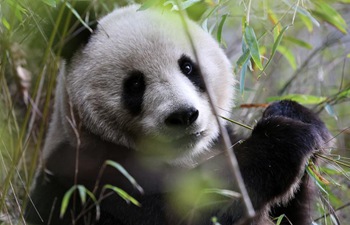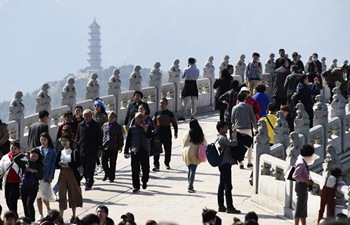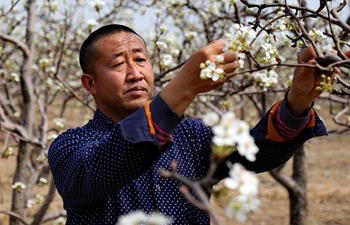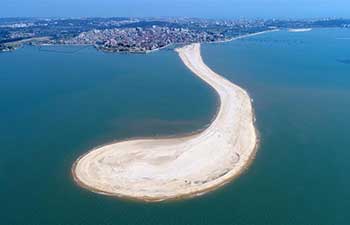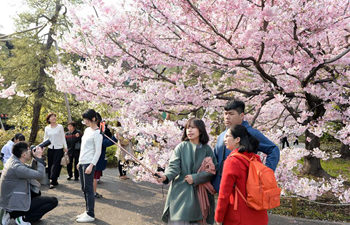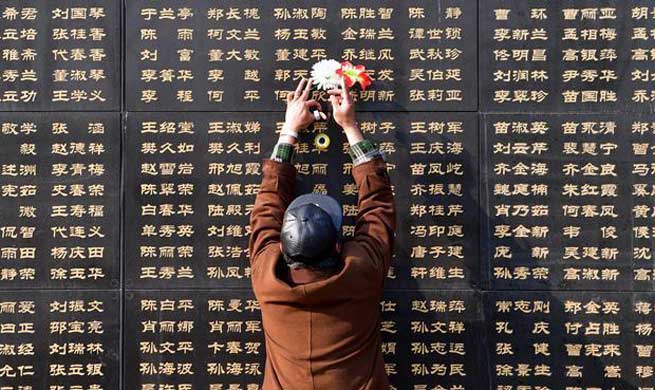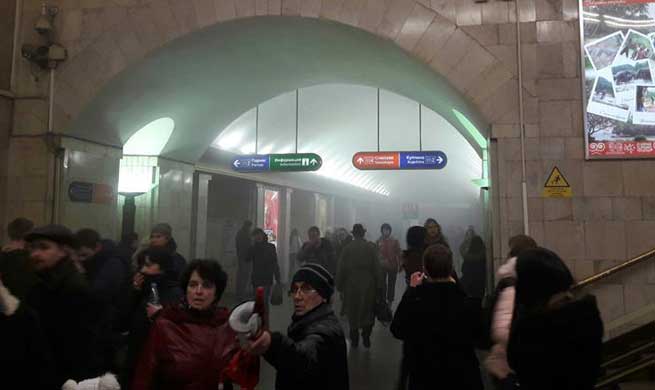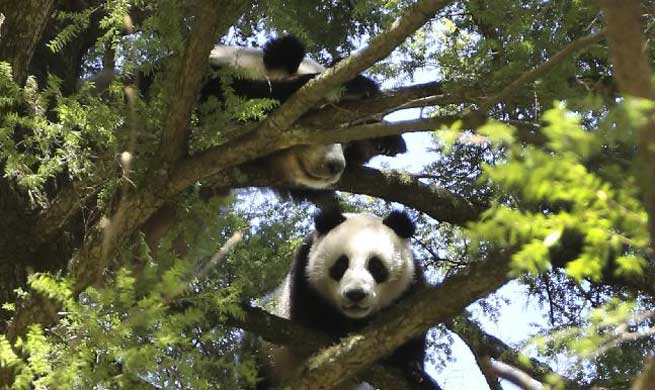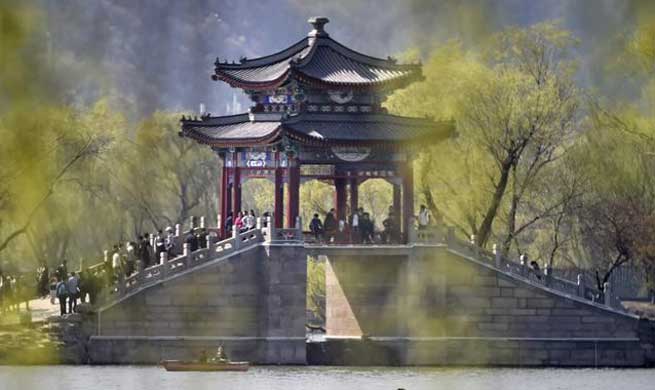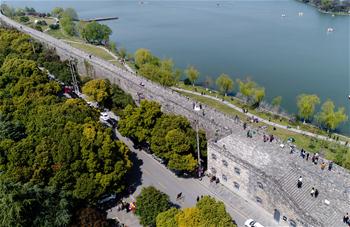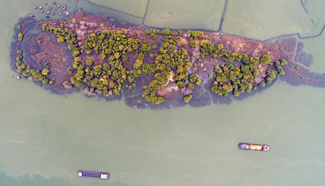by Xinhua writer Qu Junya Feng Wuyong
BEIJING, April 3 (Xinhua) -- The most recent move by the Abe administration to add a highly controversial course of bayonetting to secondary school education has raised further concern about Japan's flagrant retrogression to pre-war militarism.
Bayonetting is undoubtedly an actual melee combat means popular during wartime. Still part of the regular training for the Japanese Self-Defense Force servicemen, it is now listed among the fight art courses that can be offered in Japan's secondary schools.
Japanese media reports said the Ministry of Education added the course in the end of March to a former version of drafted school course guidelines, under an increasing pressure from the far right forces.
What's more, the Abe government meanwhile approved a document not to rule out the textbook use of Imperial Rescript on Education, an edict to promote emperor-oriented and militaristic education.
The imperial rescript, along with another one for soldiers and sailors, had formed two pillars of the education in Japan before and during the Second World War.
The moves highlight Abe government's longtime indulgence of nationalist, imperialistic-styled school education. In the recent land deal scandal that hit Prime Minister Shinzo Abe and his wife, they are found both to be advocates of such education in a kindergarten in Osaka, west Japan.
Although there has so far been only one public secondary school in Japan offering the course of bayonetting, people are worried that, under encouragement by the government and promotion by senior military and government officials, there could be more and more education institutions blatantly introducing and opening the course to educate Japanese school children to become bellicose militarists.
Bayonet charge remains a painful reminder of the bloody battlefields that Japan forced upon its neighbors' territories before and during the Second World War.
No one would like to imagine what could happen next in Japan, after similar moves taken by Japan one after another, particularly including the active service beginning on March 22 of the helicopter-carrying destroyer Kaga.
Kaga is one of Japan's four "aircraft-carrier like" destroyers, whose size is on a par with Japan's largest postwar naval vessel Izumo that was commissioned in 2015.
Kaga bears a name the same as Japan's wartime aircraft carrier that joined the December 1941 sudden attack on the Pearl Harbor of the United States, while Izumo was a former fleet flagship in aggression against China during wartime.
From relaxing post-war pacifist constitution that bans its military from fighting abroad to ambitious overseas military presences, and now from the military to national eduction, the steps taken by the Abe administration reveal Japanese far rightists' attempt to revive pre-war militarism.
To its neighbors, Japan's ambition perils peace and stability in the Asia-Pacific and even the rest of the world.





